Two #Chinese spacecraft appear to have successfully reached their intended lunar orbits despite an initial launch issue that left them stranded in low Earth orbit.
A slide attributed to the Technology and Engineering Center for Space Utilization (CSU) under the Chinese Academy of Sciences (CAS), recently posted on the Tieba Baidu social networking platform, indicates that the DRO-A and DRO-B spacecraft have successfully entered distant retrograde orbits around the Moon. The DRO missions are part of a pilot project run by CAS.
“[DRO] #Satellites A, B, and L have been powered on and are operating stably in orbit, with their working status normal,” the slide reads.
The mission is not critical to China’s immediate lunar plans. However, this successful recovery, if confirmed, would bolster the country’s deep space capabilities and demonstrate resilience in overcoming in-orbit challenges. China has yet to provide an update on the mission following a short report of a launch anomaly back in March.
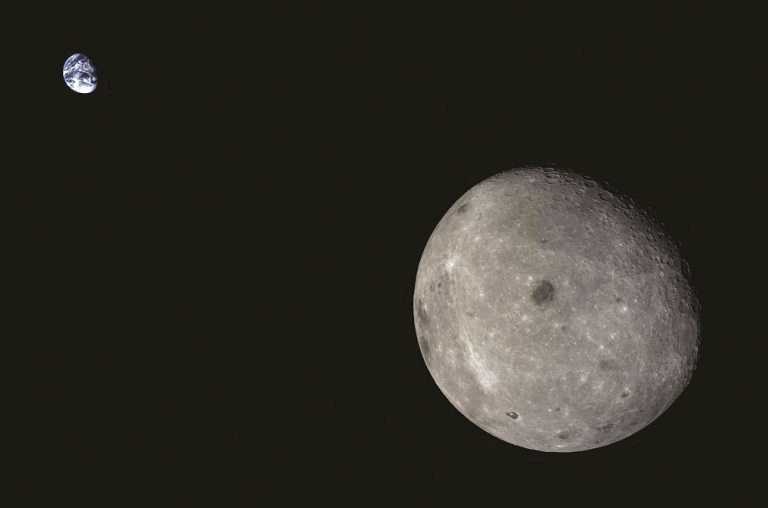

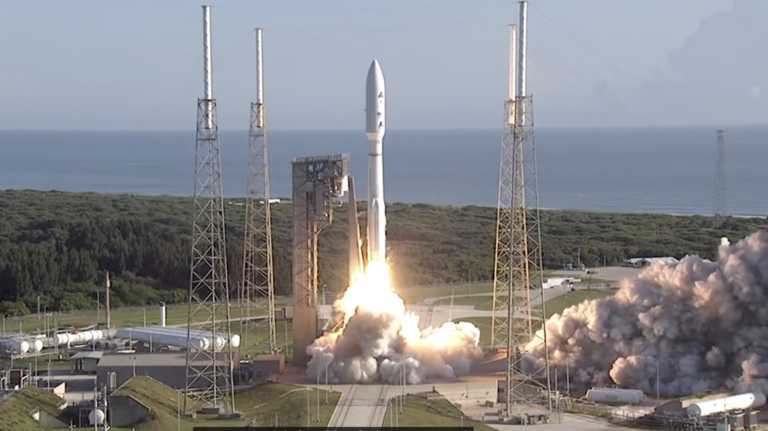


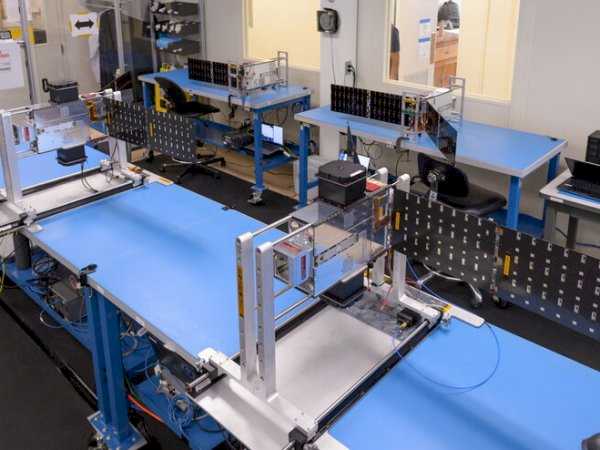
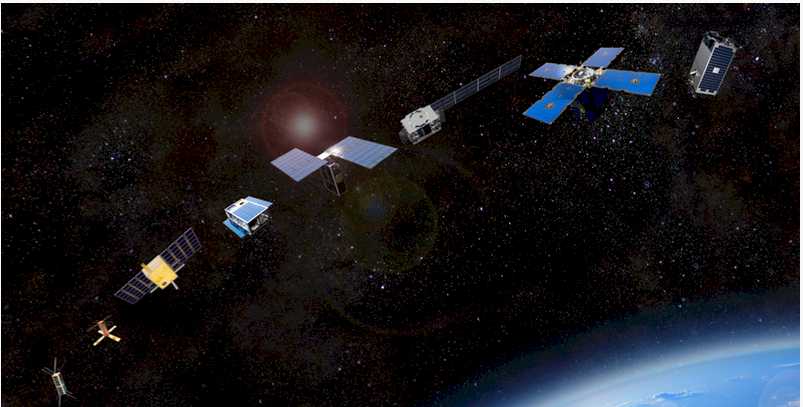

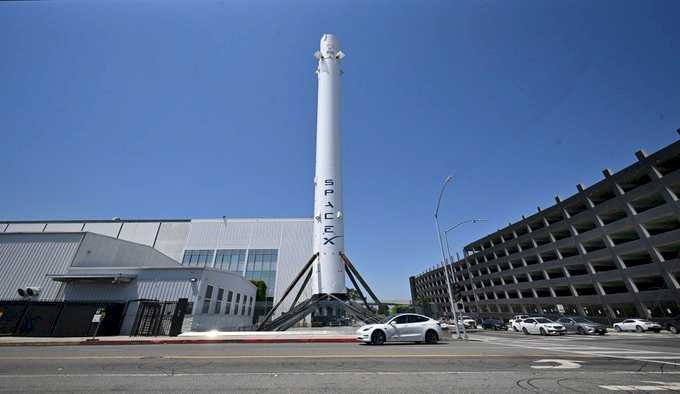





Space news on Umojja.com